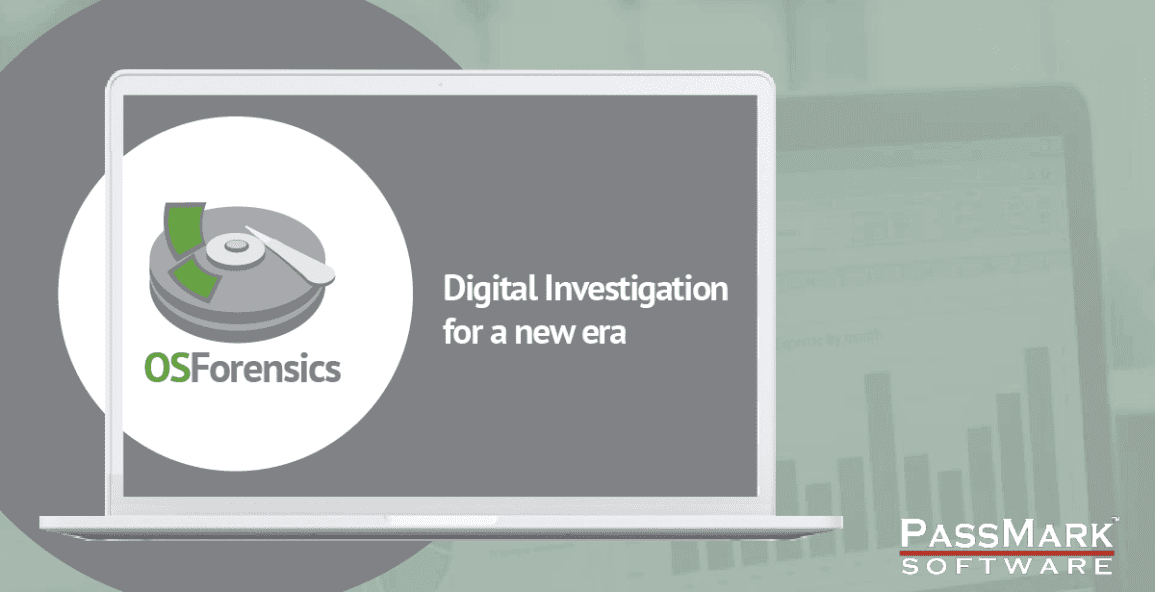
A Comprehensive Tool for Digital Investigations
Introduction
In the modern era, digital devices have become an integral part of daily life, storing vast amounts of data and facilitating communication across the globe. As a result, digital evidence is increasingly relevant in criminal investigations, cybersecurity incidents, and corporate misconduct cases. Forensic experts are often tasked with examining digital systems to uncover and analyze evidence. One of the most powerful and versatile tools for such tasks is OS Forensics, developed by PassMark Software. This tool is widely used for digital investigations, offering a wide array of functionalities that allow investigators to efficiently gather, examine, and preserve digital evidence.
This article explores OS Forensics, its features, applications, and the critical role it plays in digital investigations.
Overview of OS Forensics
OS Forensics is a software suite that enables investigators to collect, preserve, and analyze data from various devices and operating systems. It’s designed to simplify the process of investigating and analyzing digital devices by providing a wide range of tools in a single platform. Unlike many other digital forensic tools, OS Forensics is built for speed and efficiency, allowing investigators to work with large datasets while ensuring data integrity.
One of the primary advantages of OS Forensics is its compatibility with different operating systems, including Windows, macOS, and Linux. This makes it a flexible tool that can be used in a variety of environments. The software also integrates well with other digital forensic tools, allowing investigators to utilize multiple tools within their workflow.
Key Features of OS Forensics
File and Disk Imaging:-A cornerstone of any digital forensic investigation is the ability to create an image of the target device. OS Forensics allows investigators to create exact copies of storage devices, including hard drives, USB drives, and SSDs. Disk imaging is crucial as it preserves the data in its original form, ensuring that no modifications are made during the investigation. This feature also allows investigators to work on the image copy rather than the original device, preserving the integrity of the evidence.
File Identification and Search Capabilities
OS Forensics provides an advanced search engine that can locate files based on name, type, and content. The tool’s file signature recognition feature is particularly useful for identifying specific file types, even if they have been renamed or obfuscated. This makes it easier to locate important documents, images, videos, or other types of data that may be relevant to an investigation.
Investigators can also perform deep searches of the disk to find hidden, encrypted, or deleted files. In many cases, criminals attempt to cover their tracks by deleting files or hiding them in obscure locations on a device. OS Forensics can recover these files, enabling forensic experts to piece together a more complete picture of events.
Email and Web History Analysis
In modern investigations, emails and web activity often play a critical role in identifying a suspect’s intentions or actions. OS Forensics has built-in features that allow investigators to extract and analyze emails from popular email clients such as Outlook, Mozilla Thunderbird, and Windows Mail. Additionally, it can retrieve web browsing history, cache files, and download activity from popular browsers. This can provide crucial insights into what websites were visited, when they were accessed, and what files were downloaded—information that is often key in both criminal and corporate investigations.
Memory and Process Analysis
One of the more advanced features of OS Forensics is its ability to perform live memory capture and analysis. This feature enables investigators to extract data from a system’s volatile memory (RAM), where critical information such as encryption keys, running processes, and network connections can be found. This is particularly useful in investigations where real-time activity must be captured, such as in cases of malware analysis or identifying active threats in a network.
Password Recovery and Decryption
Many times, investigators encounter password-protected files or encrypted data. OS Forensics includes tools for password recovery and file decryption, which can help access protected content. This feature is vital in cases where a suspect has attempted to secure incriminating files or sensitive data.
Timeline Analysis
OS Forensics allows for timeline analysis, where investigators can track user activity over time. By analyzing file creation, modification, and access times, investigators can create a detailed sequence of events, helping them understand the chronology of actions taken on the system. This feature is essential for reconstructing incidents and determining the timeline of a security breach or criminal activity.
Case Management
OS Forensics is designed to facilitate large-scale investigations by providing robust case management tools. Investigators can create multiple cases, categorize evidence, add notes, and generate detailed reports. The tool supports exporting data in formats that are acceptable in legal proceedings, ensuring that evidence can be presented in court if necessary.
Applications of OS Forensics
Law Enforcement: Law enforcement agencies use OS Forensics to gather evidence in cases of cybercrime, fraud, child exploitation, and other criminal activities. It helps them recover hidden or deleted files, analyze email communications, and track web activity, all while maintaining the chain of custody.
Corporate Investigations: In corporate settings, OS Forensics is often used to investigate cases of insider threats, intellectual property theft, and data breaches. It helps IT security teams recover deleted files, examine employee activity, and ensure compliance with internal policies.
Incident Response: OS Forensics plays a key role in incident response, enabling cybersecurity professionals to analyze malware, investigate security breaches, and respond to attacks. By capturing live memory and identifying active threats, the tool helps organizations minimize the impact of cyberattacks.
Conclusion
OS Forensics is a powerful and versatile tool that provides comprehensive features for digital investigations. Its ability to perform file and disk imaging, recover deleted data, analyze emails and web activity, and manage cases makes it a preferred choice for law enforcement agencies, corporate investigators, and cybersecurity professionals alike. As the digital world continues to expand, the importance of tools like OS Forensics will only increase, ensuring that investigators can keep pace with evolving cyber threats and digital crime.
